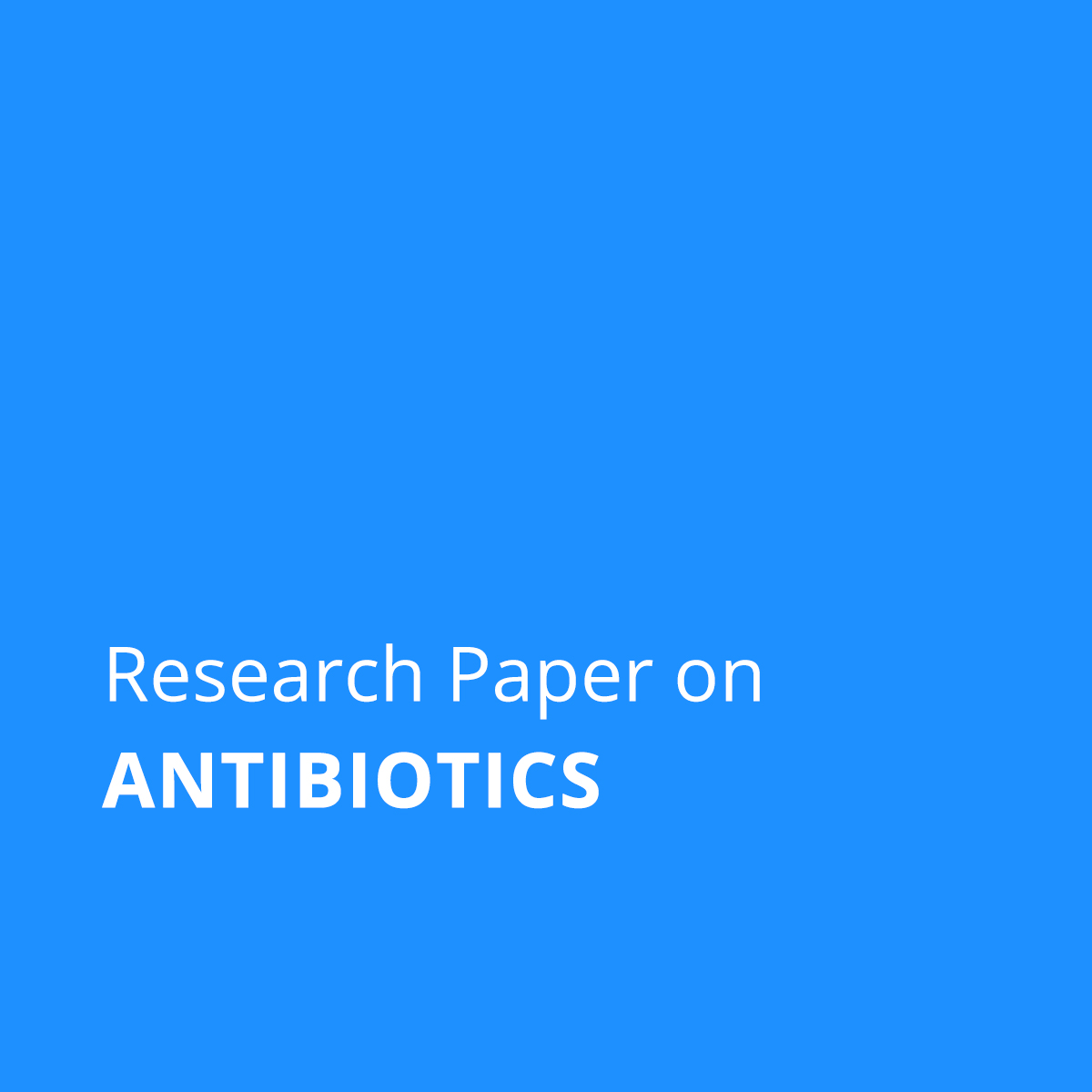Description
Title: Eruca sativa Miller Leaf Extract-Based Biosynthesized Silver Nanoparticles Display Antibacterial, Antioxidant, Anti-Quorum-Sensing, Antibiofilm, and Anti-Metastatic Activities
Abstract: Due to a lack of effective medications, the proliferation of cancer and secondary bacterial infections brought on by biofilms are the main causes of death today. Silver nanoparticles (AgNPs) have a wide range of biological activities, making them an excellent choice for the creation of new drugs in recent years. The goal of the current study was to assess the anticancer, antibacterial, anti-QS, and antibiofilm properties of AgNPs produced from leaf extract of Eruca sativa (E. sativa). A peak of surface plasmon resonance was visible in the ultraviolet-visible (UV-Vis) spectra at 424 nm max, which was associated with the formation of AgNP. The development of AgNPs is aided by biological moieties, according to FT-IR (Fourier transform infrared spectroscopy). The spherical shape and uniform size (8.11 to 15 nm) of the AgNPs were also confirmed by transmission electron microscopy (TEM) examinations. The anticancer potential of AgNPs was evaluated in human lung cancer cells (A549) using the MTT [3-dimethylthiazol-2-yl)-2,5-diphenyltetrazolium bromide] assay, scratch assay, and invasion assay. The outcomes showed that AgNPs prevent A549 cells from migrating. The synthesized AgNPs demonstrated their antibacterial properties by having MIC values of 12.5 g/mL against Chromobacterium violaceum (C. violaceum) and 25 g/mL against Pseudomonas aeruginosa (P. aeruginosa). The QS system is disabled by biological substances, which are being researched as potential antibacterial agents. Thus, we investigated the potential efficacy of synthesized AgNPs in preventing the development of biofilms and QS-regulated virulence factors in both bacterial strains. The synthesized AgNPs significantly inhibited acyl homoserine lactone (78.76% at 1/2 MIC) and violacein (85.18% at 1/2 MIC) in C. violaceum. Pyocyanin activity (68.83%), total protease (68.50%), LasA activity (63.91%), and LasB activity (56.40%) were all reduced by QS inhibitory activity in P. aeruginosa at a sub-MIC concentration (1/2 MIC). Additionally, both P. aeruginosa (57.65% at 1/2 MIC) and C. violaceum (65.79% at 1/2 MIC) significantly decreased their exopolysaccharide production. Both C. violaceum (76.49%) and P. aeruginosa (65.31%) showed a significant reduction in biofilm formation at 1/2 MIC. The presence of various classes of bioactive phytochemical constituents in the leaf extract of E. sativa was also confirmed by a GC-MS analysis. Our findings lead us to the conclusion that biologically produced antibiotic AgNPs exhibited a variety of multifunctional properties and had the potential to be used in the treatment of bacterial biofilm-related infections and human cancer.
Keywords: silver nanoparticle; anticancer; antibiofilm; Eruca sativa; nutraceuticals; bioactive compound
Paper Quality: SCOPUS / Web of Science Level Research Paper
Subject: Antibiotics
Writer Experience: 20+ Years
Plagiarism Report: Turnitin Plagiarism Report will be less than 10%
Restriction: Only one author may purchase a single paper. The paper will then indicate that it is out of stock.
What will I get after the purchase?
A turnitin plagiarism report of less than 10% in a pdf file and a full research paper in a word document.
In case you have any questions related to this research paper, please feel free to call/ WhatsApp on +919726999915



Reviews
There are no reviews yet.